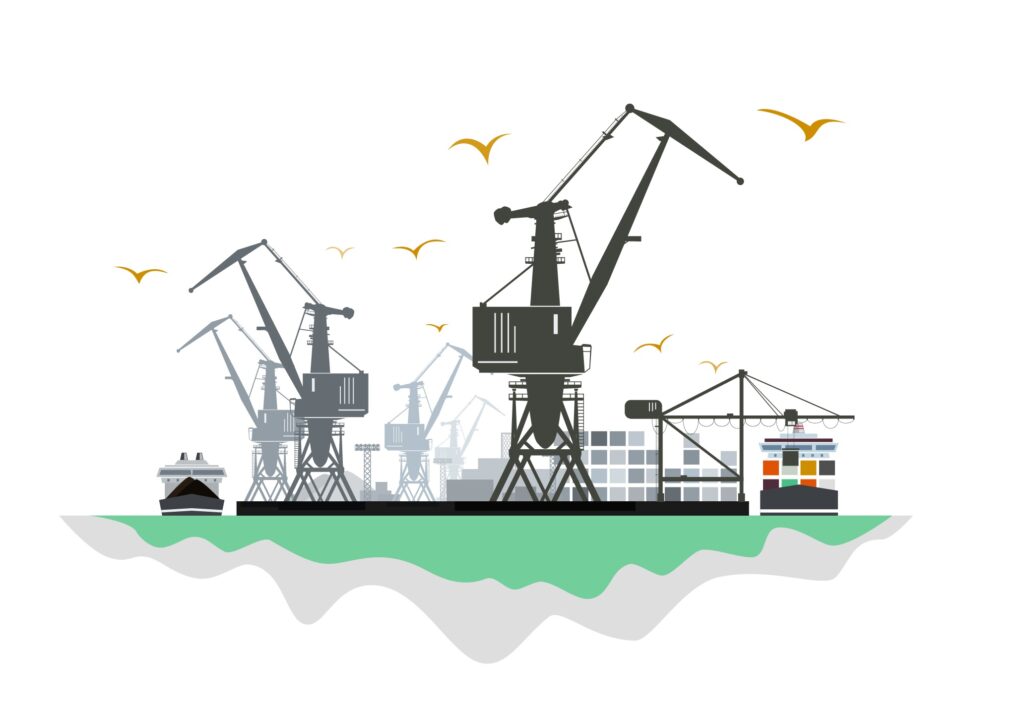Dredging the Confusion Surrounding the Harbor Maintenance Fee (HMF)

Maintaining any form of infrastructure comes at a cost. Developing and growing that infrastructure is equally costly. Dredging isn’t free; nor is disposing of dredged materials properly.
As importers into the United States, it is simply expected that the bill from your broker will likely arrive with a Harbor Maintenance Fee (HMT/HMF) line item. However, do you fully understand this mysterious tax and the objectives set forth with its implementation? I’m here to give you some quick facts on the oft-overlooked fee.
The Harbor Maintenance Fee
The Harbor Maintenance Fee was introduced in 1986 to fund the cost of port/waterway maintenance by the Army Corps of Engineers. The tax was originally intended to be assessed against import, export, and domestic cargo, but several exclusions were applied to both the initial and in future appeals. Namely, the Supreme Court ruled that the application of this tax to export cargo was unconstitutional. Amidst reports that funds will still not cover national needs, inconsistencies in application, and unfavorable practices for U.S. Trade Agreements (which were repealed), the HMT tax has survived its share of scrutiny.
The Harbor Maintenance Fee, currently .125% of the total value of goods in transport, was designated for improvement and maintenance of U.S. ports and harbors. However, over the years, the application of the funds has sometimes been diverted away from projects related to transportation infrastructure or, in some cases, remain in the trust, unused.
Some groups and initiatives aim to manage how and where the funds are spent, while others want to change the format for supporting infrastructure initiatives altogether. Just to give you an idea of how much has gone unapplied, at the close of fiscal year 2012, the fund had a surplus of $7 billion.
H.R. 335, also known as the Realize America’s Maritime Promise (RAMP) Act, was introduced on Jan 22, 2013 with the full description “to ensure that amounts credited to the Harbor Maintenance Trust Fund are used for harbor maintenance.” Water Resources Reform and Development Act (WRRDA) 2014 sets forth some additional guidelines including both time and spending limits for project validation and surveying that would both affect the costs of these projects as well as the time permitted to validate. To date, Congress has only released half the fund to support the deepening and widening to U.S. ports/waterways, with a goal of using all funds by 2025.
